How to Tell a Cat’s Age in Human Years
Cats have been the world’s most popular pets for many years. Many of them live a long and happy life with us. Unfortunately, it’s much shorter than human life.
5-Minute Crafts would like to help you learn how old your cat is in human years.
Experts divide a cat’s life into 6 stages. Each of them is a certain number of human years. This is why cats can age noticeably within just 2 to 3 years.
A cat’s life stages
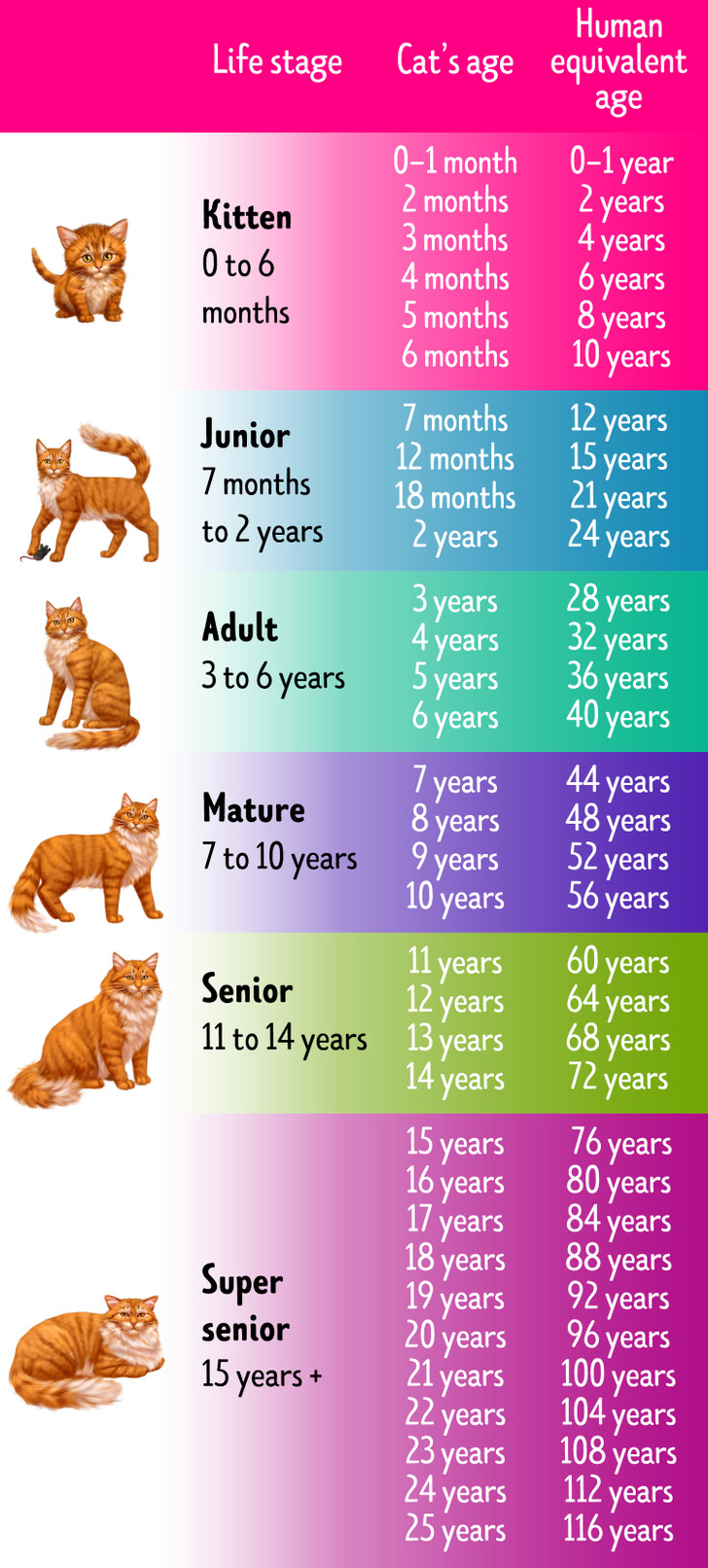
- Kitten
- Junior
- Adult
- Mature
- Senior
- Super senior
In the table above, you can see how old your cat is in human equivalent age.
Kitten

Age: 0 to 6 months
At the age of 1-2 weeks, a kitten begins to see and hear. It enters a world of sights, sounds, and smells, just like a human baby. At this life stage, a kitten’s personality is formed. At about 2-3 months old, a kitten becomes more independent. At this point, it begins to actively explore the world around it. It is possible that your pet will chew on different things because its adult teeth are starting to come in, so be careful.
At this stage, a kitten grows especially quickly. Don’t forget that your pet needs to get mandatory vaccinations in the first months of its life. Be sure to see a veterinarian to assess its overall state of health. Usually, cats have to be neutered at the age of 6 months.
During the first stage of life, a cat should be introduced to other animals and family members for socialization purposes, as well as hygiene procedures, such as washing and drying.
A 6-month-old kitten can be compared to a 10-year-old child.
Junior
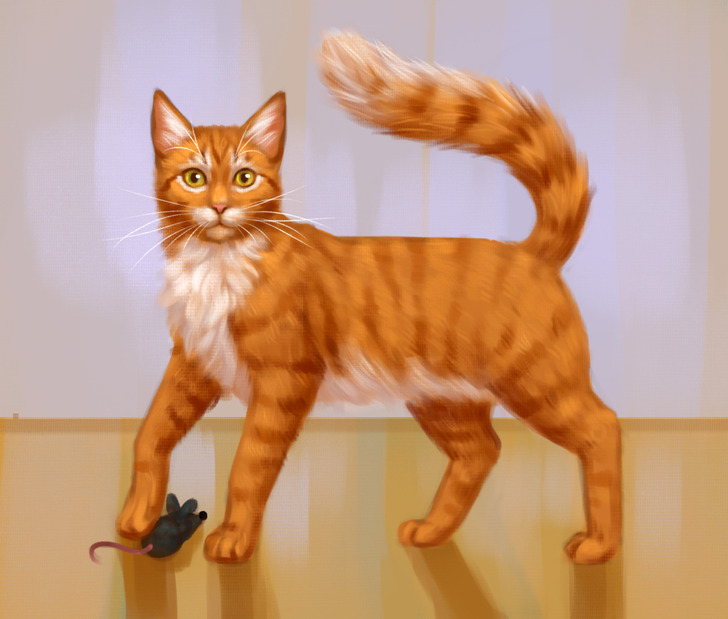
Age: 7 months to 3 years
This stage can be called intermediate, between childhood and adulthood. At the age of 1 year, a cat reaches its full size. By this point, a cat has already acquired a set of habits and preferences.
During this period, experts recommend you visit a vet and get some baseline blood work done, even if your pet is healthy. These tests will show normal values that can come in handy in the future. When your cat is older, you can compare its test results with the earlier ones.
Don’t forget about annual vaccinations and other mandatory medical procedures. Take care of your pet’s coat and brush its teeth to keep them healthy for as long as possible.
A 1-year-old cat can be compared to a 15-year-old teenager, and a 2-year-old cat is like a 24-year-old person.
Adult
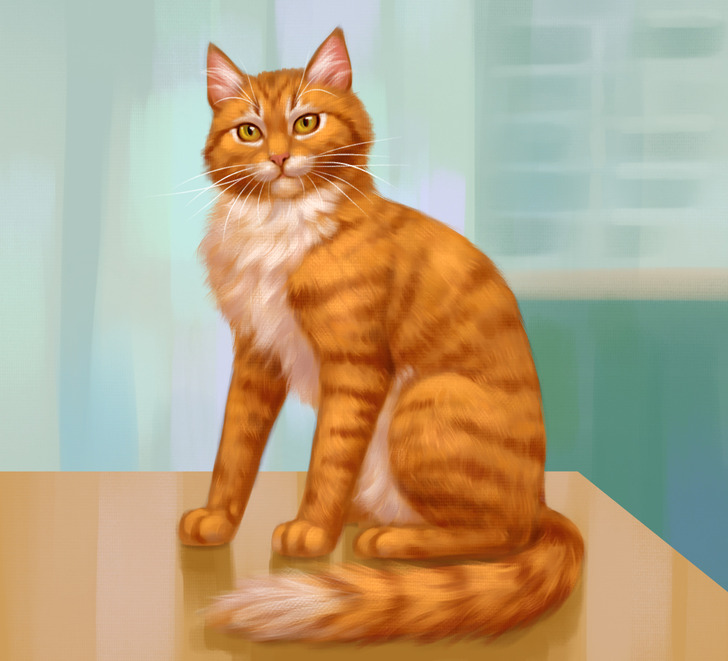
Age: 3 to 6 years
At the age of 3 years, your cat can be considered adult, but not yet mature. This period is believed to be the best years of a pet’s life.
At this stage of life, a cat usually doesn’t have any serious health problems, with the exception of chronic ones. However, you should take your pet to regular check-ups at the veterinarian in order to prevent possible diseases in the future. When your cat reaches 3 years old, you can give it early joint support supplements.
A 5-year-old cat can be compared to a 30-year-old person.
Mature
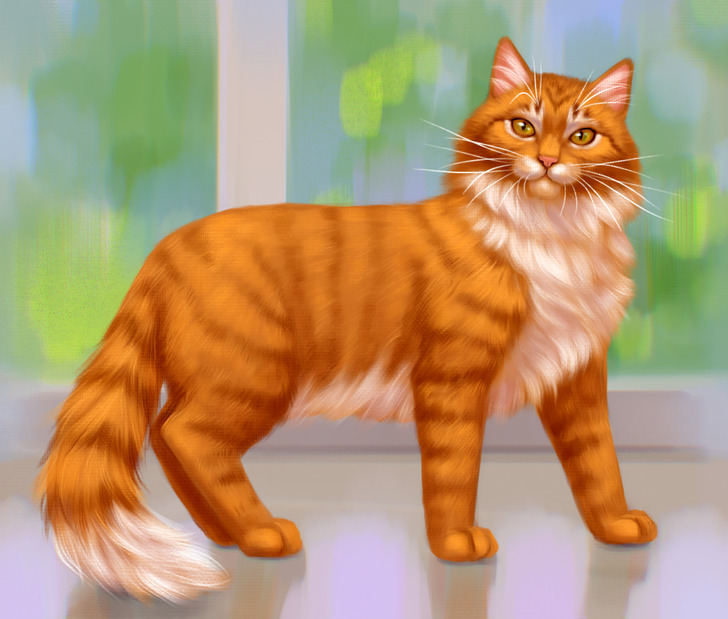
Age: 7 to 10 years
At this stage, it is important to provide your cat with proper nutrition, as your cat can become less active at this age and more prone to obesity.
You should also check your pet’s health to make sure it doesn’t have kidney or heart problems. It’s also worth visiting a dentist to check the pet’s teeth. Watch your pet moving to make sure it still jumps up and down as easily as before.
Experts recommend comparing current blood work to what was taken at a younger age. This should help to understand if there are any significant changes in the pet’s body. Check-ups with the vet at this age should become more frequent.
A 9-year-old cat can be compared to a 52-year-old person.
Senior
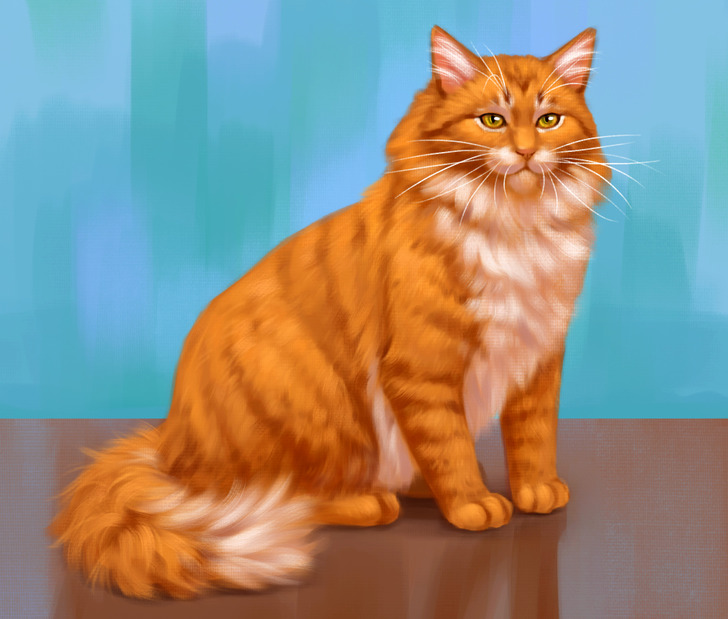
Age: 11 to 14 years
At 11 years old, a cat can be called senior and needs more mental activity. Make its brain work, like with the help of special toys, like puzzle feeders, for instance.
At this age, your cat’s personality may change. Some cats become crabby. This is often due to changes in the brain or because a pet is experiencing pain and discomfort due to joint problems. Joint disease is often a hidden problem that needs to be identified and addressed. In old age, a cat’s organ functionality may start to decrease. Watch your pet, take note of any changes, and discuss them with your vet.
Blood work should be monitored at the recommendation of your vet. This will help to identify health problems in the early stages. Your vet can also recommend a new nutrition plan for your pet.
A 12-year-old cat can be compared to a 64-year-old person.
Super senior
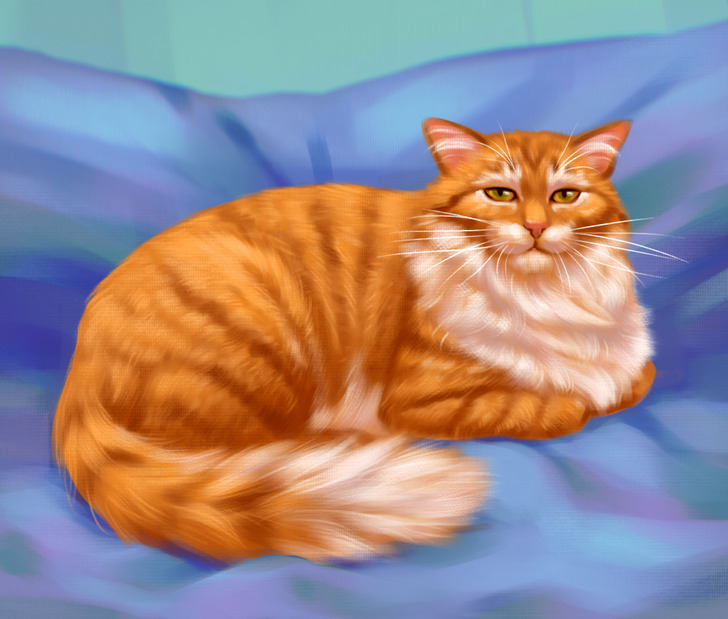
Age: 15 years and up
Some cats reach this age without any signs of being very old, while others become very slow. A cat older than 15 years is considered geriatric and should be visiting a vet at least once every 6 months. Oftentimes, it needs medications or special supplements to keep various body systems functioning properly. Super senior cats can have poor vision and hearing, and they sleep a lot.
At this life stage, your pet may experience cognitive dysfunction, including meowing at night, urinating, or defecating next to the litter box.
A 15-year-old cat can be compared to a 76-year-old person. If your cat turns 21, you can say that it’s reached the age of 100 in human years.
How to prolong your cat’s life
- Get them neutered. Most neutered cats live longer.
- Get regular vet checks. A cat should visit a vet at least once a year.
- Get any necessary vaccinations. Make sure your pet gets vaccinated regularly and fully.
- Give it exercise. Play with your cat every day to keep it in good physical shape.
- Pay attention to nutrition. A cat’s nutrition should not only be healthy but also suitable for its age.
- Monitor treats. Don’t give your pet too many treats, as this can lead to weight gain.
- Tighten security. Don’t let your cat outside at night. This time of day increases the risk of your pet getting into a road traffic accident or being attacked by another animal.